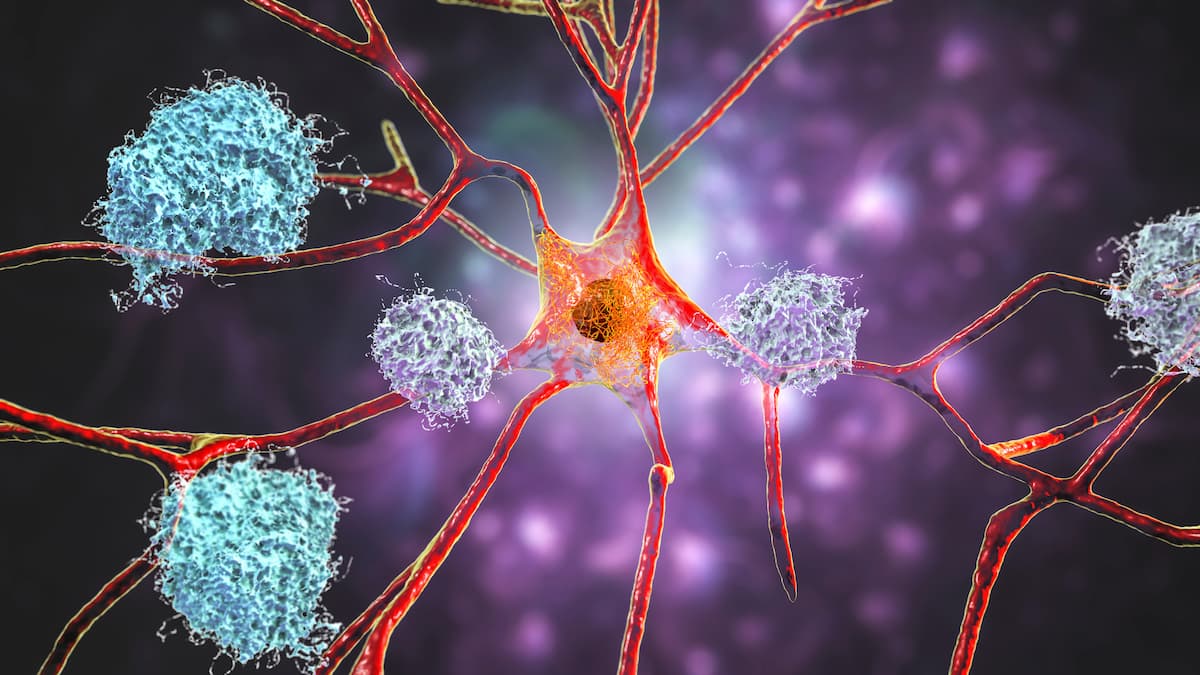Modified Donanemab Dosing Reduces ARIA-E in Adults with Early Symptomatic Alzheimer Disease
New phase 3b data suggest that a modified titration of donanemab reduces the risk of brain swelling and fluid accumulation at 24 weeks.

An alternative dosing plan for the antiamyloid drug donanemab (Kisunla, Eli Lilly) has shown promise in reducing the risk of amyloid-related imaging abnormalities with edema/effusion (ARIA-E) while maintaining sufficient amyloid reduction in adults with early symptomatic Alzheimer disease (AD).
Findings come from the phase 3b TRAILBLAZER-ALZ 6 clinical trial, which were presented at the 17th Clinical Trials on Alzheimer’s Disease (CTAD) Conference being held October 29 to November 1, 2024, in Madrid, Spain.
Donanemab, a once-monthly infusion, received FDA approval in July 2024 for the treatment of adults with early symptomatic AD, including individuals with mild cognitive impairment and those with the mild dementia stage of AD, with confirmed amyloid pathology. The approved dosing schedule involves a 700 mg intravenous infusion for the first 3 doses, followed by 1400 mg doses every 4 weeks. As noted in the drug’s prescribing information, there is a risk of ARIA-E, though this is typical of antiamyloid medications.
The TRAILBLAZER-ALZ 6 clinical trial is a multicenter, randomized, double-blind study evaluating the impact of different donanemab dosing regimens on the rates of ARIA-E and amyloid clearance. A total of 843 adults aged 60 to 85 years with early symptomatic AD were randomly assigned to the standard dosing arm or 1 of 3 modified dosing arms, according to an Eli Lilly press release.
In accordance with donanemab’s approved dosing schedule, participants on the standard dosing regimen received 700 mg of donanemab for the first 3 infusions, then 1400 mg for each infusion after that. In the modified dosing arms, the initial dose of donanemab was lowered to 350 mg, followed by 700 mg for the second infusion and 1050 mg for the third infusion. Subsequent infusions were 1400 mg each. Both the modified titration and standard dosing regimens had comparable pharmacokinetic profiles, according to the release.
Results showed that by week 24, the incidence of ARIA-E was 14% in the modified dosing group compared to 24% for those on the standard dosing schedule. The difference in incidence corresponded to a 41% lower relative risk of ARIA-E, according to Lilly.
The largest reduction in ARIA-E with the modified dosing schedule was observed in people with the apolipoprotein E (APOE4) genotype, a genetic risk factor for AD. In these participants, 19% had ARIA-E on the modified titration schedule as compared to 57% on the standard dosing regimen, corresponding to a 67% lower relative risk.
Moreover, lowering the initiation doses of donanemab did not seem to compromise the drug’s efficacy. Individuals on the adjusted dosing schedule achieved similar levels of reduction in amyloid plaque and P-tau217 levels as comparators on the standard regimen. Using amyloid PET at 24 weeks, investigators found that amyloid plaque levels in participants on the modified schedule were reduced on average 67% from baseline compared to 69% for those on the standard schedule. While the study did not assess cognitive outcomes, Lilly noted that “the removal of amyloid plaque from the brain can lead to statistically significant slowing of cognitive and functional decline” in people with early symptomatic AD.
Safety profiles were comparable between the two groups, with no new safety signals identified. Infusion-related reactions were also similar across arms. One participant in the modified titration arm with an ongoing ARIA-E had stroke-like symptoms and, after receiving tissue plasminogen activator treatment, died due to cerebral intraparenchymal hemorrhage.
Mark Mintun, group vice president of neuroscience research and development at Lilly, said in the company’s announcement that a modified titration regimen of donanemab “could offer continued convenience of once-monthly dosing and limited duration treatment while also reducing ARIA-E and maintaining similar amyloid plaque removal.”
TRAILBLAZER-ALZ 6 is ongoing, with data on the potential reduction of ARIA-E at week 52 expected by early 2025. Lilly plans to submit the results to global regulators for a potential label update for donanemab.
Reference: Modified titration of donanemab demonstrated reduction of ARIA-E in early symptomatic alzheimer's disease patients in phase 3b study. News release. Eli Lilly and Company. October 29, 2024. Accessed October 30, 2024. https://investor.lilly.com/news-releases/news-release-details/modified-titration-donanemab-demonstrated-reduction-aria-e-early